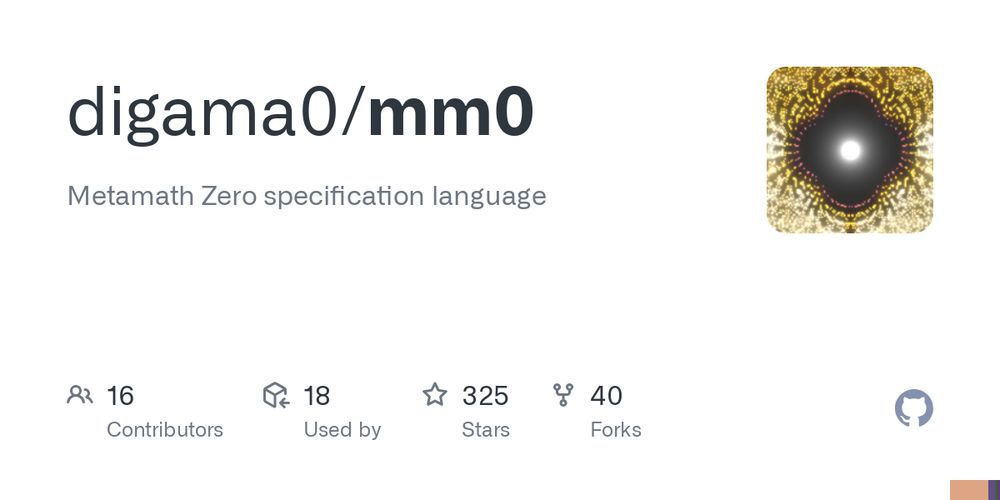Jason Rute
@jasonrute.bsky.social
100 followers
21 following
50 posts
AI Researcher @ Mistral AI | Formally IBM Research | Former Mathematician/Logician/Data scientist | Building AI for math and reasoning
Posts
Media
Videos
Starter Packs
Jason Rute
@jasonrute.bsky.social
· Jul 16
Jason Rute
@jasonrute.bsky.social
· Feb 2
Jason Rute
@jasonrute.bsky.social
· Feb 2
Jason Rute
@jasonrute.bsky.social
· Jan 14
Jason Rute
@jasonrute.bsky.social
· Jan 14
Jason Rute
@jasonrute.bsky.social
· Jan 14
Jason Rute
@jasonrute.bsky.social
· Jan 14
Jason Rute
@jasonrute.bsky.social
· Jan 9
Jason Rute
@jasonrute.bsky.social
· Jan 5
Jason Rute
@jasonrute.bsky.social
· Jan 5
Jason Rute
@jasonrute.bsky.social
· Jan 5
Jason Rute
@jasonrute.bsky.social
· Jan 4
Jason Rute
@jasonrute.bsky.social
· Jan 4
Jason Rute
@jasonrute.bsky.social
· Jan 4
Jason Rute
@jasonrute.bsky.social
· Jan 4
Jason Rute
@jasonrute.bsky.social
· Dec 24
Jason Rute
@jasonrute.bsky.social
· Dec 23
Jason Rute
@jasonrute.bsky.social
· Dec 23
Jason Rute
@jasonrute.bsky.social
· Dec 23
Jason Rute
@jasonrute.bsky.social
· Dec 23




